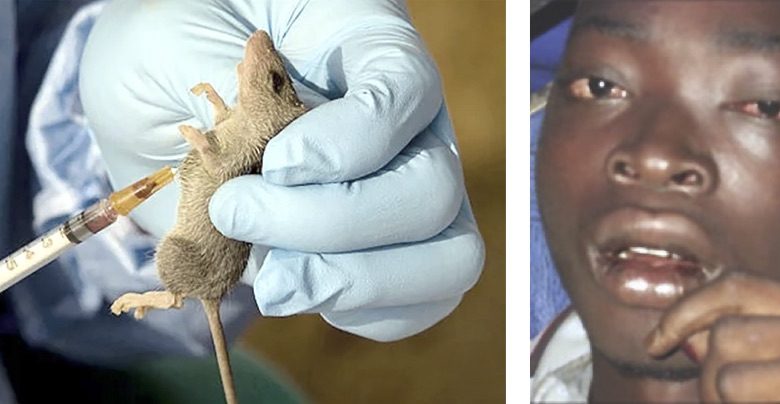Rising Lassa Fever Toll in Nigeria: 822 Infected, 155 Dead

The Nigeria Centre for Disease Control and Prevention (NCDC) reports 822 confirmed cases and 155 deaths from Lassa fever, indicating a worsening national health crisis. NCDC, on Tuesday, confirmed 11 more cases of Lassa fever in Week 29 (July 14–20, 2025), all reported in Ondo and Edo states.
With this most recent spike, there are now 822 confirmed cases nationwide, and the alarming total for 2025 is 155 fatalities.
A worsening situation that necessitates immediate, coordinated actions at all governmental and healthcare delivery levels is highlighted by the announcement.
As reported in the NCDC Situation Report, the Case Fatality Rate (CFR) has increased to 18.9 percent, up from 17.1 percent at the same time in 2024.
Given that the number of newly confirmed infections stayed constant when compared to Epidemiological Week 28, this increase is particularly concerning as it raises the possibility that Lassa fever’s severity is now driving mortality rather than just its incidence.
A staggering 89 percent of all confirmed Lassa fever cases in 2025 have been concentrated in five states: Ondo (32 percent), Bauchi (23 percent), Edo (17 percent), Taraba (14 percent) and Ebonyi (3 percent).
Read Also: Nigeria Sentences 21 Foreigners Over Cybercrime, Orders N1 Million Fine Per Person
Eleven percent are scattered throughout sixteen other states. In sum, 21 states have now reported at least one confirmed case across 105 local government districts, demonstrating a geographic spread that refuses to be contained.
As reported by the NCDC, the disease is primarily affecting young adults. Although the entire age range of the outbreak is 1 to 96 years, the age group most afflicted is 21 to 30 years old.
The median age is 30 years, and the male-tofemale ratio for confirmed cases stands at 1:0.8.
These findings indicate to a group that is vital to the country’s workforce and economic future – showing the broader societal consequences of the pandemic.
With no new healthcare workers infected, the number of suspected and confirmed cases this year has decreased compared to the same period in 2024; however, the consistently high fatality rate serves as a clear reminder that containment and case management need to be strengthened.
Still leading response efforts, improving surveillance, enhancing laboratory capabilities, and coordinating risk communication is the National Lassa Fever Multi-Partner, Multi-Sectoral Technical Working Group (TWG).
Yet, the tenfold clustering of cases in a handful of states calls for heightened community engagement, environmental sanitation drives and rapid case-finding to stem the disease’s destructive march.





